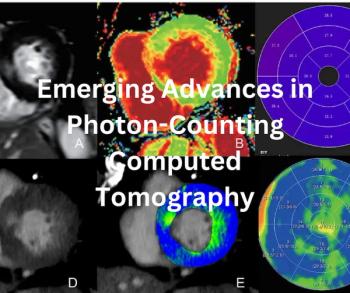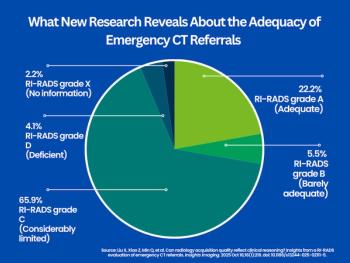
MRI Shows Contact Sports Affect Brain Long-Term
MRI images captured on female rugby players reveal long-lasting impacts of head impacts on the brain.
Contact sports can lead to long-term changes that show up on MRI scans of the brain, according to newly published research.
In a study, looking at female rugby players, investigators from Western University in London, Canada, determined that these high-impact sports can leave lingering impacts on an athlete’s brain. Results were published in the journal
“There’s no longer a debate that when an athlete is diagnosed with a concussion caused by a sharp blow or a fall, there is a chance it may contribute to brain changes that could either be temporary or permanent,” said lead study author Ravi Menon, Ph.D., professor and Canada Research Chair in functional and molecular imaging at Western University. “But, what are the effects of the smaller jolts and impacts that come with playing a contact sport?”
The study results, he said, determined that these repeated impacts lead to subtle brain changes in athletes who are otherwise healthy and symptom-free.
To pinpoint how contact sports affect the athlete’s brain, Menon’s group enrolled 101 female college athletes into a study. Of that group, 70 played rugby, and 31 were swimmers or participated in crew. All participants were concussion-free from six months prior to the beginning of and throughout the duration of the study. Some rugby players had experienced concussions before the six-month time period before the study, however. But, according to the investigators, none of the athletes from non-contact sports suffered concussions.
Among the study participants, 37 rugby players and nine crew members wore a device that recorded impacts to the head that measured at least 15 grams or more. While crew members had no head impacts, the device reported an average of three head impacts in 70 percent of rugby players during two practices and a pre-season game.
Based on both in-season and post-season MRI scans that analyzed the movement of water through athletes’ white brain matter to pinpoint any alterations, images showed changes and impacts to the nerve fibers involved in the areas of the brain responsible for anger, fear, and pleasure in the rugby players. The scans also revealed differences in the rugby players’ brain connectivity, affecting how the brain areas that control memory and visual processing communicate.
In contrast, the researchers identified no similar changes in the brains of the crew members or swimmers.
Existing evidence already shows the accumulated effect of concussions and head impacts over time – either from a full season or over several years. Consequently, said Menon’s team, additional research is needed to fully understand the effects of these head impacts in the long-term.
“Even with no concussions, the repetitive impacts experienced by the rugby players clearly had effects on the brain,” said Menon. “More research is needed to understand what these changes may mean and to what extend they reflect how the brain compensates for the injuries, repairs itself or degenerates so we can better understand the long-term health effects of playing a contact sport.”
Newsletter
Stay at the forefront of radiology with the Diagnostic Imaging newsletter, delivering the latest news, clinical insights, and imaging advancements for today’s radiologists.

































